Disaster Preparedness for Equine
Equine Owner Emergency and Disaster Preparedness

There are all kinds of natural disasters such as flooding, wildfires, and other natural disasters in the United States. With these events, there is increased concern regarding how to prepare equine owners for various natural disaster situations.
Being prepared before disasters occur is the best way to increase your animal’s chance of survival and safety. For more details, click here.
What to know when there is a lightning storm. For more details, click here.
Here is an easy 10 point disaster plan to print off and post where you can reference it.
Here is another easy 2 page guide to print and reference to ensure you are prepared for a natural disaster.
Wildfire Preparation and Evacuation Tips for Equine
Preparing horses for a wildfire evacuation requires an extra level of planning, preparedness, and practice.
Building an evacuation kit for each horse/mule and having a plan for them that’s been practiced increases the potential your equine will be able to leave when you do. If the wildfire’s proximity does not permit the time needed to load horses, it’s best to turn them loose and not leave them confined in a barn or pasture. Close the doors and gates so they can’t re-enter the area.
To read more regarding preparing yourself and your equine, Click Here
Preparation and Evacuation Tips for Horses/Mules
- Follow evacuation plan.
- Prepare a “go bag." Include a copy of papers, medication, an extra halter and lead rope, basic grooming supplies, a picture of you and your horse together, and basic first-aid supplies.
- Plan more than one route out of your property. Unless you’re at the end of a dead-end street, plan how you will get out if main exits are closed.
- Establish evacuation locations. Getting out is only half the feat. It's also important to have a few safe locations to escape to where you can feed, water and assess your horse’s condition. Identify friends or relatives who could house livestock in the short term, along with fairgrounds or other livestock evacuation locations identified by local emergency management and local livestock organizations.
- Practice trailer loading well in advance. Having a horse that will load right up when time is limited could make the difference between evacuating … and not. Also, fuel up the truck and trailer and make sure it’s in working order. Even if you do not use your trailer regularly, take the time to make sure it is inspected regularly, and tire pressure is checked frequently.
- Practice fire prevention. Clear weeds and vegetation from the fence line and up to 100 feet away from structures and consider a sprinkler system for the horse barn.
What resources are out there that can help me?
What Community Mitigation Assistance Teams (CMATs) Do:
- During incidents: CMATs work closely with Incident Management Teams, the Forest Service or other land management agencies and community residents and leaders to identify mitigation opportunities before a fire impacts the community.
- CMATS work with local partners to identify and help them resolve mitigation challenges and build long-term mitigation efforts using best practices.
- The team uses SWOT (strengths, weaknesses, opportunities and threats) analysis, one-on-one interviews, mentoring, best community risk reduction practices, mini-workshops, Community Wildfire Protection Plans (CWPPs), risk and fire occurrence maps, home assessments, pertinent research, demographics, their experience, and close community collaboration to help communities move mitigation forward.
- Every assignment is different and dictated by individual community needs.
- CMATs don’t provide wildfire prevention/messaging, produce literature/product development or perform the work of the community/ordering authority.
Each community needs an assessment and plan of action.
The northwest wildfire website is:
https://gacc.nifc.gov/nwcc/information/firemap
From each site you can follow to the US forest service discussion.
In general, though, there are three levels of fire evacuation.
Level one is be alerted to the possibility. At this time people with animals should consider what they will pack and what they will leave. How to haul their animals and where to place them. Place valuable in safety boxes, pack special items in storage units. Provide mitigation to your property – cleaning out brush and combustibles near the homes and buildings.
You should monitor local media outlets for information. Assemble emergency supplies and belongings in a safe place. Plan escape routes and make sure all those residing within the home know the plan of action.
Level two means the fire is getting closer. Actually, it is time to prepare your go-bag. Pack medicines, documents, animal food if you can. Consider moving animals to safer places, like the county fairgrounds – out of harm’s way, so that you can quickly go if level three is called for.
Level 3. A LEVEL 3 EVACUATION MEANS "GO!" EVACUATE NOW, LEAVE IMMEDIATELY! The threat to the area is current or imminent, and immediate evacuation is required.
Insuring Your Animals
When disaster hits, everything does not always go as planned and, sadly, casualties happen. With this in mind, it is important to be prepared and insure your horse, farm and/or business. As a member of Backcountry Horsemen, you have a member benefit to purchase equisure insurance. Find more about this by visiting the BCHA website and scrolling to towards bottom of the membership page.
Equine Disease Communications System (EDCC)
The Equine Disease Communication Center (EDCC) is an industry-driven initiative which works to protect horses and the horse industry from the threat of infectious diseases in North America. The communication system is designed to seek and report real time information about disease outbreaks similar to how the Centers for Disease Control and Prevention (CDC) alerts the human population about diseases in people. This website provides information on:
- Outbreaks and alerts by state
- Information on how to report an outbreak.
- Disease information
- Reportable diseases
- Information on what horse owners should do during the first 30 minutes of a suspected infectious disease outbreak.
- Biosecurity and more.
Animal Rescue Group Resource (WASART)
WASART is a 501(c)(3) nonprofit, all-volunteer, all-donation supported organization that helps companion animals and livestock out of immediate crisis and dangerous situations, whatever that may be. For example, if your horse falls into a well, your dog falls over a cliff, your cow gets stuck in the barn wall, or your community needs help with short-term shelter for animals in cases such as wildfire threat, WASART is trained to help out.
The organization was founded in 2007 due to concern over the lack of animal response teams during the Hurricane Katrina disaster. Because traditional rescuers were there during the disaster and its aftermath to help people, many animals were left behind to fend for themselves. The group wanted to ensure that didn’t happen should a similar event occur in Washington State.
You can find some videos on YouTube of some of the training and rescues WASART has performed.
Check the calendar on its website — wasart.org — for when, where and what type.
Although WASART does not self-deploy, the team may be called out by an owner or an agency, such as a fire department or sheriff’s office. It is a nonprofit and run by volunteers. Its responders are credentialed as emergency workers.
WASART does not charge for its services. However, much of the equipment and training is expensive, and donations are always accepted.
Funds buy rescue equipment and training materials, pay for the answering service, fuel and licenses and insurance as well as other expenses. Members buy their own personal rescue gear.
To contact WASART, phone 425-681-5498, email info@wasart.org or visit wasart.org or its Facebook page.


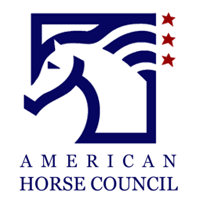


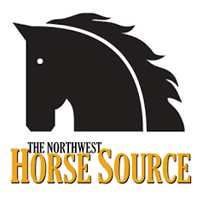
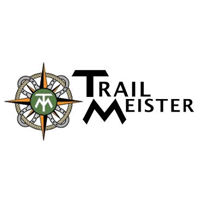
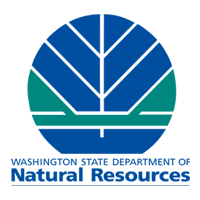
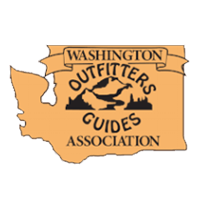

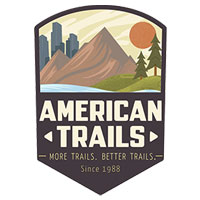


 Follow
Follow

